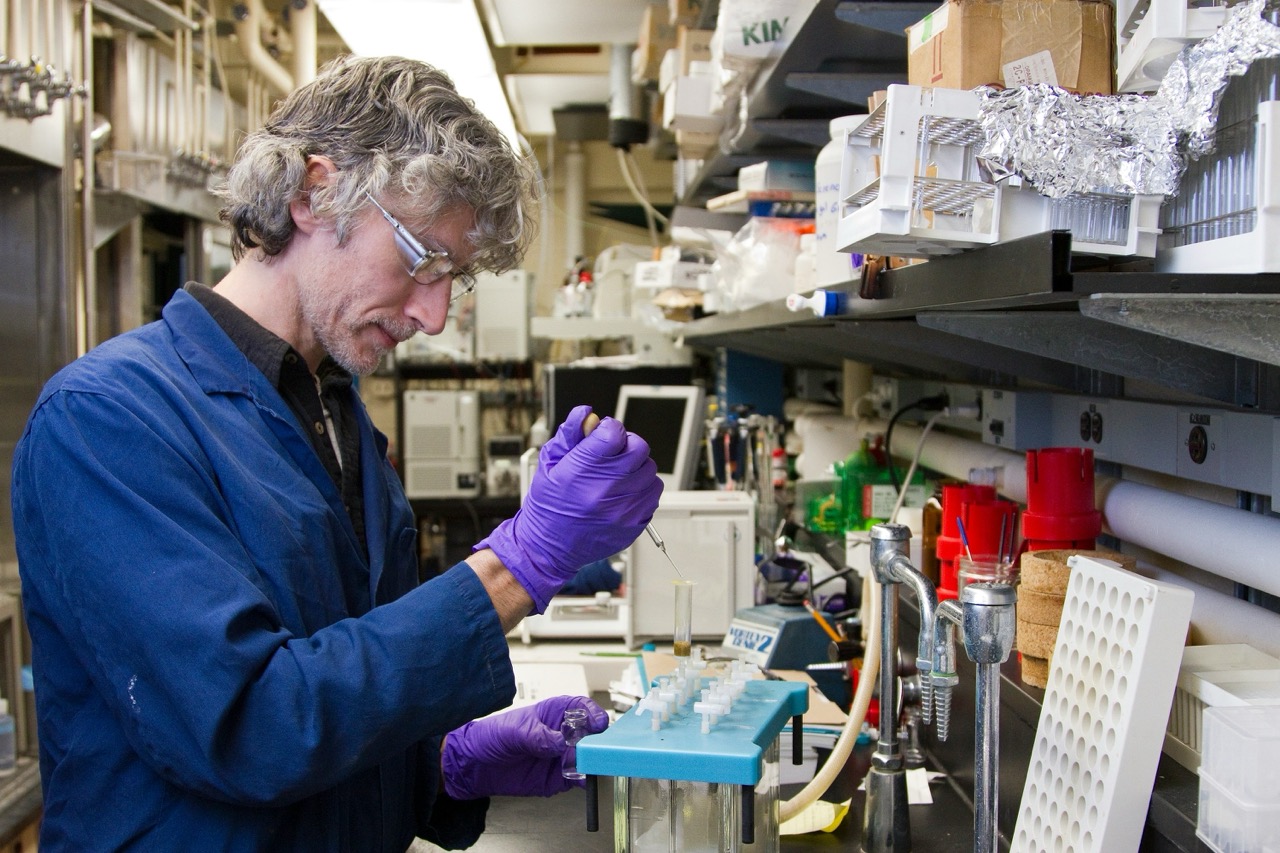Chemsex, a term derived from the combination of "chemical" and "sex," refers to the engagement in sexual activities while using psychoactive substances, often to enhance the experience. This phenomenon has garnered significant attention in recent years, particularly among men who have sex with men (MSM). The interplay between substance use and sexual practices not only raises ethical and health concerns but also necessitates a deeper understanding of its implications on public health, specifically regarding sexually transmitted diseases (STDs). This article aims to explore the various dimensions of chemsex, its demographics, and the troubling association between chemsex practices and increased STD rates.
As chemsex becomes increasingly prevalent in certain communities, it is crucial to understand the definitions, contexts, and implications associated with it. Chemsex can vary widely in practice, with some individuals using substances in private settings, while others may engage in organized events or parties centered around substance use and sexual activity. The context in which chemsex occurs often reflects broader cultural and social dynamics, including issues of sexuality, identity, and community. This understanding provides essential context for examining the health risks associated with chemsex, particularly in relation to STD transmission.
Understanding Chemsex: Definitions and Contextual Background
Chemsex is not merely a lifestyle choice; it represents complex interactions between personal identity, social networks, and drug use. The phenomenon typically involves the use of certain substances such as methamphetamine, GHB, and mephedrone to facilitate prolonged sexual activity and alter perceptions of intimacy. Although chemsex can take place in various settings, it is often linked to specifically organized events or gatherings where sex and drug use are encouraged, creating an environment that normalizes and promotes these activities.
The rise of chemsex has been attributed to various socio-cultural factors, including the increasing acceptance of LGBTQ+ identities and the concomitant rise of nightlife and party cultures in urban settings. However, this normalization has not come without consequences. Many participants report experiencing negative health outcomes including addiction, mental health issues, and, notably, increased risk of STDs. Understanding the contextual backdrop of chemsex is essential for public health practitioners who seek to address these health challenges effectively.
The Intersection of Substance Use and Sexual Practices
The intersection of substance use and sexual practices is a multifaceted issue that reflects broader societal trends. Many individuals engage in chemsex to enhance sexual pleasure, reduce inhibitions, or prolong the sexual experience. While some may seek out these substances for recreational use, the motivations often intertwine with psychological factors such as loneliness, the desire for connection, and a quest for self-identity within the LGBTQ+ community.
Moreover, the combination of substances and sexual behavior tends to create a feedback loop where the effects of the drugs can lead to risky sexual practices. Participants may engage in unprotected sex or have multiple partners in a single encounter, heightening the risk of STD transmission. The normalization of such behavior within certain social circles further complicates efforts to mitigate associated health risks, making it essential to adopt a nuanced approach in addressing chemsex in public health discourse.
Common Substances Used in Chemsex Encounters
Chemsex is often characterized by the use of specific psychoactive substances, each contributing uniquely to the sexual experience. Common substances include methamphetamine, GHB (gamma-hydroxybutyric acid), and mephedrone, which are frequently used for their stimulant and euphoric effects. Methamphetamine, for instance, is known for its ability to enhance libido and increase stamina, thereby prolonging sexual encounters.
GHB, on the other hand, is commonly used for its sedative and euphoric properties, which can lead to increased feelings of intimacy and connection. However, the use of GHB also carries significant risks, including the potential for overdose and impaired judgement, which can further exacerbate risky sexual behaviors. The diverse effects of these substances not only highlight the complex interplay between drug use and sexual practices but also underscore the urgent need for targeted harm reduction strategies that address the specific risks associated with each substance.
Demographic Trends in Chemsex Participation Rates
The demographic landscape of chemsex participation is predominantly characterized by young men who have sex with men (MSM), particularly in urban settings. Studies have shown that this group is often more likely to engage in chemsex due to a combination of social acceptance, community bonding, and an environment that promotes such behaviors. As LGBTQ+ communities increasingly find safe spaces for expression, chemsex has emerged as a normalized part of the sexual experience for many men within these circles.
However, chemsex is not limited to MSM; it is also observed in various other populations, including heterosexual individuals and different cultural backgrounds. Recent research indicates a growing trend among younger demographics, particularly as social media and dating apps facilitate connections that may lead to chemsex encounters. This expanding participation raises critical questions about awareness, education, and the need for inclusive public health interventions that cater to diverse communities affected by chemsex.
The Psychological Underpinnings of Chemsex Behavior
Understanding the psychological motivations behind chemsex participation is crucial for developing effective interventions. Many individuals who engage in chemsex report using substances to escape from emotional distress, anxiety, or feelings of isolation. The euphoric and disinhibitory effects of drugs can temporarily alleviate these concerns, providing a sense of belonging and pleasure that may be lacking in their daily lives.
Moreover, underlying mental health conditions, such as depression or anxiety disorders, can exacerbate the propensity for chemsex involvement. This psychological complexity presents public health challenges, as interventions must address not only the sexual health risks but also the mental health needs of individuals. Comprehensive approaches that include counseling, support groups, and education are necessary to provide holistic care for those affected by chemsex behaviors.
The Role of Chemsex in Modern Sexual Culture
Chemsex reflects larger shifts in modern sexual culture, where sexual liberation and experimentation are increasingly celebrated. Many participants view chemsex as an expression of sexual freedom, often associated with hedonistic ideals that prioritize pleasure and exploration. This cultural framing can create a paradox where the act of engaging in chemsex is seen as both empowering and risky, leaving individuals with complex feelings about their choices.
Moreover, the digital age has transformed how individuals connect, with apps and social media platforms facilitating encounters that may lead to chemsex. This evolution of sexual culture, combined with the allure of substances that enhance sexual experiences, has led to a notable increase in chemsex participation. The challenge for public health advocates lies in addressing these cultural shifts while promoting safer sexual practices and substance use awareness.
Examining the Link Between Chemsex and STD Transmission
The relationship between chemsex and STD transmission is a pressing public health concern, as numerous studies have demonstrated a clear association between the two. The use of substances like methamphetamine and GHB can impair judgement and reduce inhibitions, leading to riskier sexual behaviors such as unprotected sex, multiple partners, and prolonged sexual encounters. These behaviors significantly increase the likelihood of transmitting STDs, including HIV, syphilis, and gonorrhea.
Furthermore, the social dynamics within chemsex environments may perpetuate a cycle of risk. Participants may normalize unprotected sex, dismiss STD risks due to the influence of substances, or rely on the perception that their partners are healthy. This culture of risky behavior is compounded by a lack of adequate sexual health education and resources tailored to the needs of chemsex participants, emphasizing the urgent need for targeted interventions.
Epidemiological Data on STDs Among Chemsex Users
Epidemiological studies have shown alarming trends regarding STD rates among chemsex participants. Research indicates that men who engage in chemsex are significantly more likely to acquire STDs compared to their non-participating counterparts. For example, a study conducted in major urban areas revealed that chemsex users had higher rates of HIV and syphilis infections, underscoring the public health implications of this behavior.
Moreover, the data suggests that the prevalence of STDs among chemsex users continues to rise, particularly during periods of increased drug use or in settings where chemsex is more common. This upward trend highlights the need for ongoing surveillance and research to better understand the specific patterns of infection and risk factors associated with chemsex, ultimately informing more effective public health strategies.
Case Studies: Chemsex and Its Impact on Public Health
Case studies from various cities worldwide illustrate the multifaceted impact of chemsex on public health. In London, for instance, healthcare providers have noted a spike in syphilis and HIV diagnoses among MSM, correlating with increased reports of chemsex. Public health agencies have responded by implementing targeted outreach programs that focus on harm reduction and safe sex practices tailored to the chemsex community.
Similarly, cities like Sydney and San Francisco have developed initiatives aimed at fostering safer environments for those participating in chemsex. These programs often include free testing services, educational workshops, and access to substance use treatment. By examining these case studies, public health officials can identify effective interventions and adapt them to the unique cultural contexts of different communities facing similar challenges.
Preventive Strategies for Reducing STD Rates in Chemsex
To effectively reduce STD rates among chemsex participants, a multifaceted approach is essential. Prevention strategies should incorporate harm reduction principles, which focus on minimizing risk rather than solely promoting abstinence. This includes providing access to clean needles, comprehensive sexual health education, and regular STD testing.
Moreover, integrating mental health services into chemsex prevention efforts can address the psychological factors that contribute to risky behavior. Community-based outreach programs that engage with chemsex participants can help raise awareness about the associated health risks while fostering a supportive environment for individuals to seek help. By promoting a culture of safety and health within the chemsex community, public health initiatives can significantly reduce STD transmission rates.
Resources for Chemsex Participants and Healthcare Providers
Access to resources tailored to chemsex participants is vital for promoting safer practices and improving health outcomes. Several organizations and support networks offer services such as sexual health testing, counseling, and substance use treatment specifically designed for the chemsex community. For example, initiatives that provide online resources and tools for safer sex can empower individuals to make informed choices about their sexual health.
Healthcare providers also play a crucial role in addressing the needs of chemsex participants. Training for healthcare professionals on the unique challenges and risks associated with chemsex can improve patient-provider interactions, ensuring that individuals feel safe and supported when seeking care. By creating inclusive healthcare environments and increasing awareness among providers, the gap in health services for this population can be bridged.
Future Directions in Research on Chemsex and Health Outcomes
As the phenomenon of chemsex continues to evolve, ongoing research is critical to understanding its implications for public health. Future studies should explore the long-term health outcomes of chemsex participants, particularly in relation to mental health and substance use disorders. Additionally, research that examines the effectiveness of various intervention strategies can inform best practices for public health initiatives aimed at reducing STD transmission.
Furthermore, interdisciplinary approaches that incorporate sociology, psychology, and public health perspectives will provide a more comprehensive understanding of chemsex behaviors. Engaging with the chemsex community to gather qualitative data can illuminate the lived experiences of participants, informing more effective prevention strategies. As the landscape of sexual culture and substance use shifts, continuous research efforts will be necessary to address emerging trends and their associated health risks.
Chemsex presents a complex mosaic of challenges and implications for public health, particularly concerning STD transmission rates. As the phenomenon intersects with broader issues of sexuality, identity, and substance use, it becomes clear that addressing chemsex requires a multifaceted approach that considers the diverse needs of participants. By understanding the complexities of chemsex and implementing targeted interventions, public health professionals can work toward reducing the associated health risks, fostering a safer and healthier environment for individuals engaged in these behaviors. Continued research, outreach, and support are essential in navigating the evolving landscape of chemsex and its impact on health outcomes.










